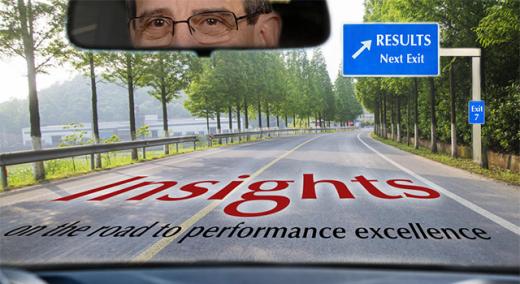Rest? The new normal will be about activity, you say. Actually, I believe some rest will be necessary. After the frenzy of activity since March 2020 to establish new work patterns and new home life patterns, many of us—especially those with young families—have been left totally exhausted. So some rest may be in order. However, the rest I am referring to in this article is RE2ST3 (resilience, ecosystems, e-wisdom, societal responsibility, telework, transition, and transformation).
|
ADVERTISEMENT |
I believe organizations that pay attention to these RE2ST3 components will be poised for a successful entry into the new normal. I base my conclusion on a significant amount of reading and many conversations with people across sectors, as well as with community leaders. As I summarize the parameters of each of the RE2ST3 components, I will reference some relevant publications. While my key points are addressed under specific headings below, it is clear that many of these could have been discussed under more than one heading, and that indeed the topics are interdependent and part of a systems response to creating the new normal.
…

Add new comment